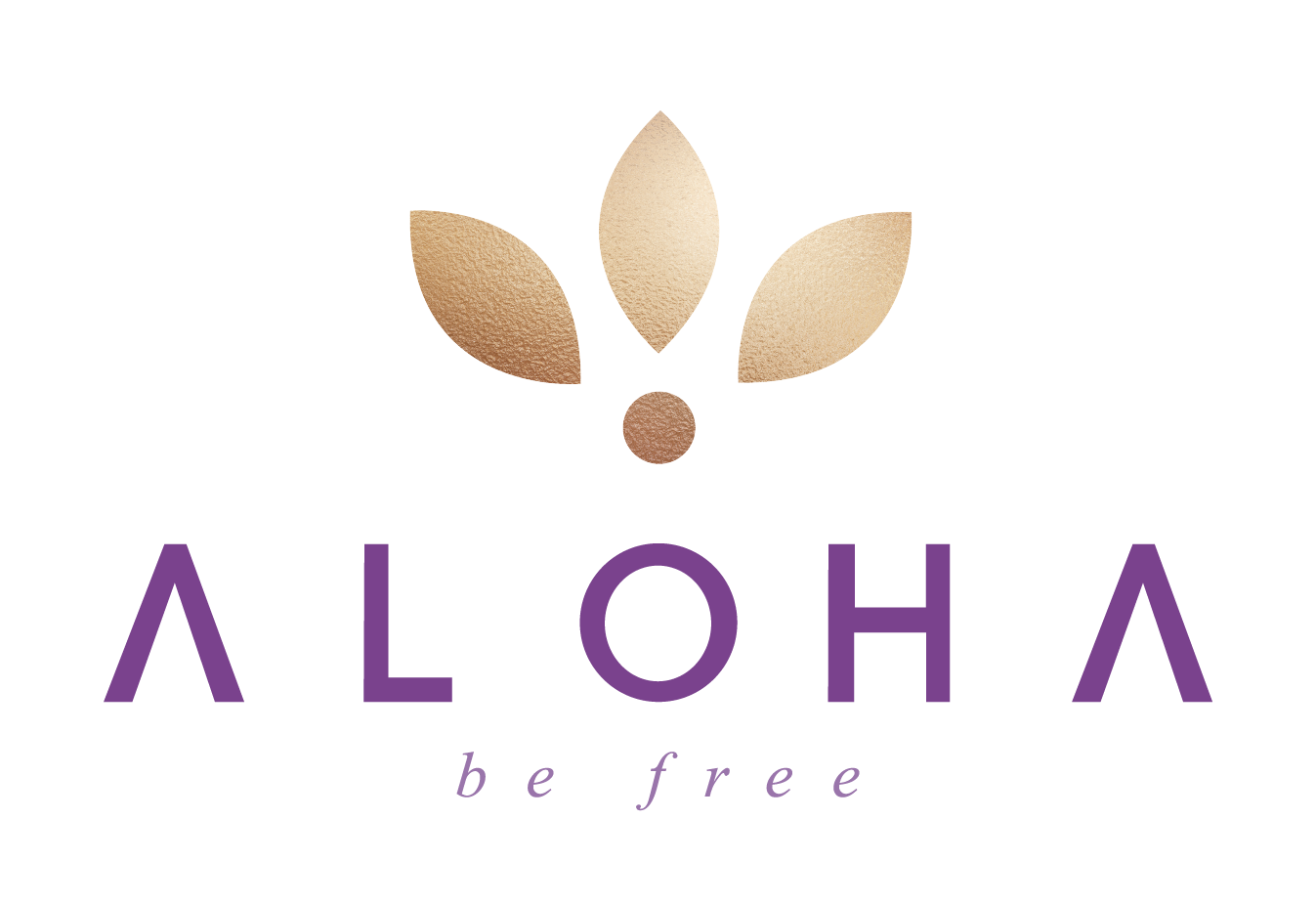Now Reading: Neroli, Petitgrain, Tangerine– Three Oils from the Citrus Family

Neroli, Petitgrain, Tangerine– Three Oils from the Citrus Family
Post 008
Nature’s ingenuity is on full display in the bitter orange tree (Citrus aurantium), which yields two distinct essential oils— neroli from its blossoms and petitgrain from its leaves and twigs—while tangerine is pressed from a close citrus cousin. Though they share a botanical heritage, each oil’s aroma, chemical composition, and therapeutic benefits are uniquely tailored to a variety of wellness and aromatic applications. Together, they form a harmonious trio of scents—floral, green, and fruity—each offering its own distinctive contribution to fragrance and wellbeing.

Neroli: The Blossom’s Elixir
Origin & Extraction
Neroli essential oil is steam-distilled from the delicate white blossoms of the bitter orange tree (Citrus aurantium). Harvested primarily in Tunisia, Morocco, and Egypt during the spring, these fragrant flowers are carefully collected by hand to preserve their precious oils. The resulting extract exudes a soft, sweet, honeyed aroma with subtle spicy undertones, prized for its richness and depth in both perfumery and aromatherapy. (L’Atelier Parfum, 2023)
The History of Neroli
Neroli essential oil has a rich and fascinating history, intertwined with both perfumery and royal traditions. Its name comes from Princess Anne-Marie of Orléans, an Italian princess of the 17th century, who famously wore gloves scented with neroli oil. The delicate fragrance became so associated with her elegance that perfumers adopted the name “neroli” in her honor.
Beyond Europe, neroli has long been cherished in North Africa and the Middle East, where bitter orange blossoms were harvested for their aroma and incorporated into traditional cosmetics, ceremonial rituals, and natural remedies. Its popularity in perfumery grew during the Renaissance and Baroque eras, prized for its refined, floral complexity that could transform simple fragrances into sophisticated compositions. (L’Atelier Parfum, 2023)
Today, neroli continues to carry this legacy, valued both for its historical significance and its enduring appeal in aromatherapy, skincare, and fine fragrance blends. It stands as a timeless symbol of elegance, luxury, and the subtle power of nature’s most delicate blossoms.
Aromatic Profile
Neroli’s scent is a sophisticated symphony of floral sweetness layered with soft green notes and a whisper of spice. Its complexity makes it a highly prized ingredient in fine fragrances, as well as a soothing companion in essential oil blends aimed at relaxation, emotional balance and mindfulness.
Therapeutic Benefits
- Stress and Anxiety Relief: Inhalation of neroli oil has been associated with reduced stress and anxiety levels, promoting a sense of calm and emotional equilibrium
- Skin Health: Its natural antimicrobial and antioxidant properties make it effective for supporting clear, healthy skin, helping to reduce acne, irritation, and signs of aging.
- Menopausal Symptom Alleviation: Studies suggest that inhaling neroli oil may help relieve menopausal symptoms, including elevated blood pressure and reduced libido, enhancing overall wellbeing.
- Sleep Support: Neroli’s gentle floral aroma is known to promote restful sleep, making it an ideal addition to bedtime rituals.
- Mood Enhancement: Beyond calming, neroli has uplifting properties that can improve mood and emotional resilience, making it a versatile oil for both mental and physical wellness.

Petitgrain: The Leafy Tonic
Origin & Extraction
Petitgrain essential oil is steam-distilled from the leaves and twigs of the same bitter orange tree (Citrus aurantium). Primarily harvested in France, Italy, and Brazil, the foliage is carefully collected to preserve its aromatic integrity. The resulting oil offers a fresh, green, and subtly woody aroma, prized for its versatility in perfumery, aromatherapy, and wellness rituals.
The History of Petitgrain
Petitgrain has a long-standing history in European perfumery, dating back to the Renaissance, when it was used to add green, uplifting notes to complex fragrance compositions. Its name, which means “little grain” in French, originally referred to the small seeds and buds from which the oil was first extracted, though today it is derived from the leaves and twigs. Petitgrain was valued not only for its scent but also for its calming properties, often incorporated into tonics, baths, and household fragrances.
Aromatic Profile
Petitgrain’s scent is a bright, clean, and green aroma with woody undertones. It bridges the floral sweetness of neroli and the fruity cheer of citrus oils like tangerine, making it a versatile ingredient in essential oil blends. Its fresh, uplifting aroma can enliven a space while promoting relaxation and clarity. (PubMed, 2017)
Therapeutic Benefits
- Stress and Anxiety Relief: Petitgrain oil is known for its calming and balancing effects, helping to reduce tension and support emotional equilibrium.
- Sleep Support: Its gentle, soothing aroma promotes restful sleep, making it ideal for nighttime rituals.
- Skin Health: With natural antiseptic and astringent properties, petitgrain can support healthy, clear skin and help balance oily or combination skin types.
- Digestive Support: Traditionally, petitgrain was used to support digestion and alleviate mild gastrointestinal discomfort.
- Mood Enhancement: Its bright, green scent can refresh the mind, reduce mental fatigue, and promote focus and positivity. (PubMed, 2016)
Petitgrain captures the vibrant energy of the bitter orange tree itself—the lively movement of leaves in the breeze and the subtle warmth of twigs—creating an aroma that refreshes, calms, and uplifts in equal measure.

Tangerine: The Fruity Uplifter
Origin & Extraction
Tangerine essential oil is cold-pressed from the peel of the tangerine (Citrus reticulata), a close relative of the bitter orange. Grown in regions such as Italy, Spain, and Brazil, the fruit is carefully harvested when ripe to ensure a sweet, vibrant aroma. The oil captures the sunny, cheerful essence of tangerines, offering a natural, uplifting fragrance prized in aromatherapy and perfumery (Amrita, 2025).
The History of Tangerine
Tangerines have been cultivated for centuries in Asia, particularly China, where they were symbols of prosperity and good fortune. The essential oil derived from their peel gained popularity in Europe in the 18th and 19th centuries, celebrated for its bright, sweet scent that could lighten and enhance fragrance blends. In traditional medicine, tangerine peel was used to support digestion, improve mood, and bring a sense of energy and vitality to daily life.
Aromatic Profile
Tangerine essential oil has a joyful, sweet, and citrusy aroma that instantly uplifts the senses. Its bright, juicy scent bridges the floral elegance of neroli and the fresh greenery of petitgrain, completing a harmonious trio of aromas. Tangerine’s fragrance evokes sunlit orchards, playful energy, and a sense of lightheartedness, making it a favorite in essential oil blends for both home and personal care. (Amrita, 2025)
Therapeutic Benefits
- Mood Enhancement: Tangerine oil is renowned for its uplifting and energizing properties, helping to reduce stress and promote a sense of joy and optimism.
- Sleep Support: Its gentle, calming citrus aroma can support relaxation and restful sleep when used in evening routines.
- Digestive Health: Traditionally used to aid digestion and relieve minor gastrointestinal discomfort.
- Skin Care: Tangerine oil’s natural antiseptic and toning properties help maintain healthy, radiant skin.
- Mental Clarity: Its bright scent can refresh the mind, enhance focus, and reduce feelings of mental fatigue.
Tangerine brings a sunny, playful energy to the trio of oils. Its sweet, citrus aroma complements the floral sophistication of neroli and the fresh greenery of petitgrain, creating a balanced and harmonious collection that delights the senses while supporting overall wellbeing.

Comparative Overview
| Neroli | Petitgrain | Tangerine | |
| Plant Part Used | Blossoms | Leaves and Twigs | Fruit Peel |
| Extraction Method | Steam Distillation | Steam Distillation | Cold Pressing |
| Aroma | Sweet, Floral, Slightly Spicy | Fresh, Woody, Herbaceous | Sweet, Fresh, Citrusy |
| Primary Benefits | Stress Relief, Skin Health | Relaxation, Emotional Balance | Mood Enhancement, Digestive Aid |
| Main Constituents | Linalool, Limonene, Nerolidol | Linalyl Acetate, Linalool | Limonene, γ-Terpinene |
A Harmonious Trio: Nature’s Citrus Symphony
Together, neroli, petitgrain, and tangerine form a captivating trio that showcases the brilliance and versatility of the citrus family. From the delicate, floral elegance of neroli to the fresh, green vitality of petitgrain, and the bright, sweet cheer of tangerine, each oil offers a unique sensory experience and a range of therapeutic benefits.
While their aromas differ, these oils share a botanical heritage and a timeless appeal that has enchanted perfumers, wellness practitioners, and essential oil enthusiasts for centuries. Whether used in aromatherapy, skincare, or personal rituals, they invite moments of calm, joy, and self-care, allowing nature’s ingenuity to enrich both body and mind.
Exploring this trio is more than a sensory journey—it’s a celebration of the subtle power and complexity hidden within each part of the citrus family. By understanding and appreciating the origins, aromas, and benefits of these oils, we can fully embrace the elegance, freshness, and vitality they bring to everyday life.






Leave a comment